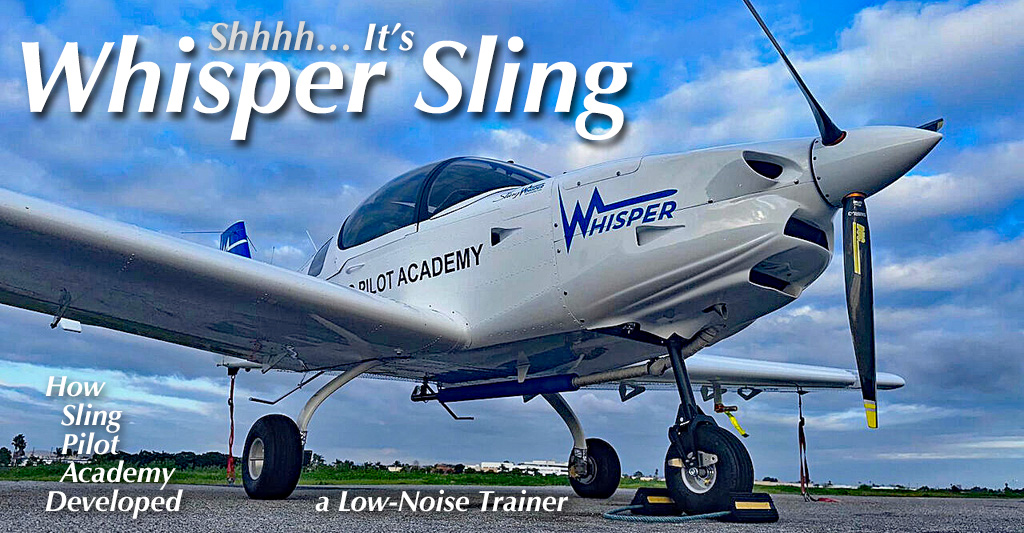
Harley Davidson or Rotax — Sounds can be unique and associated with a certain brand. Harley motorcycles have made their sound a trademark, defending it vigorously against wannabe knock-offs. Sling Pilot Academy found Rotax 912iS engines output a particular sound, too. However, they wanted to shield their neighbors from it. As busy as Sling Pilot Academy has become, keeping good relations is essential. So, Whisper Sling Necessity is the mother of invention, so the saying goes. Necessity, in this case, was success. (SPA) at the Torrance, California, airport has grown to become a training behemoth, with their fleet flying more than 4,000 hours per month, the bulk of it in the Sling two-place LSA it uses as a primary trainer. That makes the SPA one of the busiest training companies in the region. And Torrance, like many urban airports, faces increasing complaints from non-pilot neighbors; in fact, Torrance’s very existence has been threatened for decades by those opposed to the presence of airplanes at, get this, an airport.


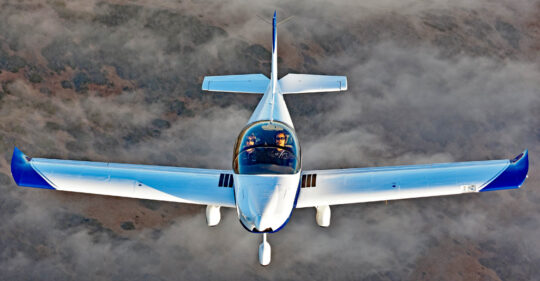 Harley Davidson or Rotax — Sounds can be unique and associated with a certain brand. Harley motorcycles have made their sound a trademark, defending it vigorously against wannabe knock-offs.
Harley Davidson or Rotax — Sounds can be unique and associated with a certain brand. Harley motorcycles have made their sound a trademark, defending it vigorously against wannabe knock-offs.
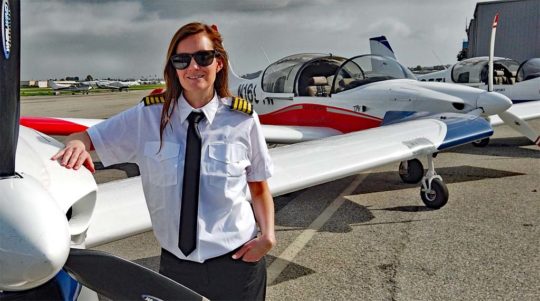 (SPA) at the
(SPA) at the 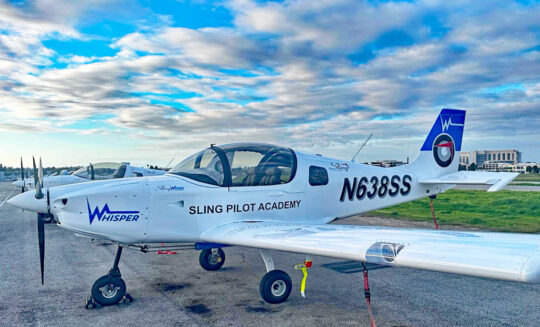 Although SPA worked hard at community outreach, noting in part that it already used aircraft that operated well under the airport’s noise limits and burned relatively little unleaded autogas (thanks to the Rotax 912 iS engines), complaints continued. At one point last year, SPA management had to fight being kicked off the airport entirely. They needed to do something to go “above and beyond” in order to keep the school running and, indeed, growing.
Although SPA worked hard at community outreach, noting in part that it already used aircraft that operated well under the airport’s noise limits and burned relatively little unleaded autogas (thanks to the Rotax 912 iS engines), complaints continued. At one point last year, SPA management had to fight being kicked off the airport entirely. They needed to do something to go “above and beyond” in order to keep the school running and, indeed, growing.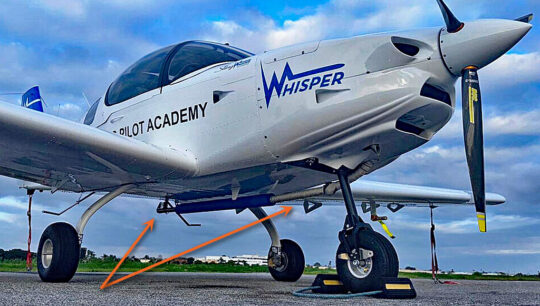 “We started by changing our procedures,” says Liknaitzky. “We then started reminding people that we had the quietest airplanes on the field. We never busted the noise monitor. But in multiple meetings with the community, we started to listen to what they were saying. They started describing the sound of our airplanes. They said it’s not that our airplanes are loud but the nature of the sound was annoying. This was a turning point for us. We told ourselves that we have to look at the sound quality, not just the quantity.”
“We started by changing our procedures,” says Liknaitzky. “We then started reminding people that we had the quietest airplanes on the field. We never busted the noise monitor. But in multiple meetings with the community, we started to listen to what they were saying. They started describing the sound of our airplanes. They said it’s not that our airplanes are loud but the nature of the sound was annoying. This was a turning point for us. We told ourselves that we have to look at the sound quality, not just the quantity.”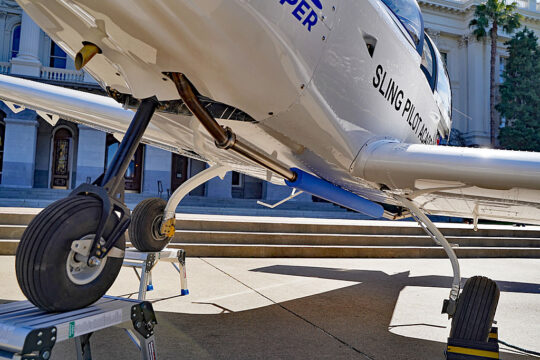 After significant study, Sling realized that it wasn’t just the higher frequency sound the combination produces but that it wavered as well, likely the result of acoustics and the Rotax’s high-rpm nature. And they had to get on with a solution because “we’re adding 30 airplanes this year, and we already have 40 in the fleet,” says Liknaitzky.
After significant study, Sling realized that it wasn’t just the higher frequency sound the combination produces but that it wavered as well, likely the result of acoustics and the Rotax’s high-rpm nature. And they had to get on with a solution because “we’re adding 30 airplanes this year, and we already have 40 in the fleet,” says Liknaitzky.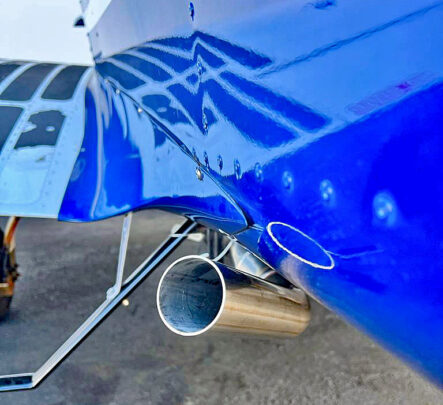
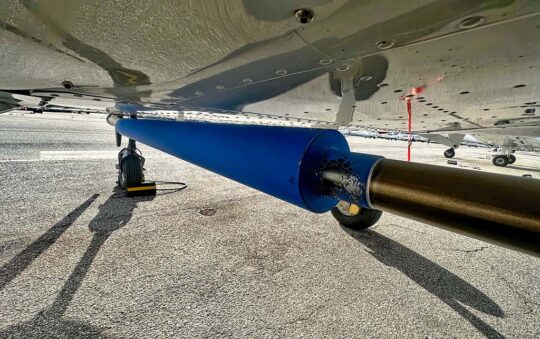 Surprisingly, the system appears to actually improve the Sling’s performance. The company assumes that the stock Sling-built exhaust actually had too little backpressure and so the new, quieter system gives the Rotax more of what it needs.
Surprisingly, the system appears to actually improve the Sling’s performance. The company assumes that the stock Sling-built exhaust actually had too little backpressure and so the new, quieter system gives the Rotax more of what it needs.
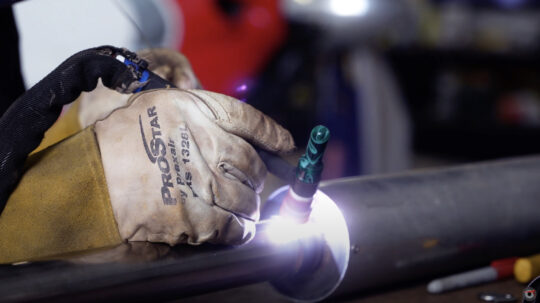
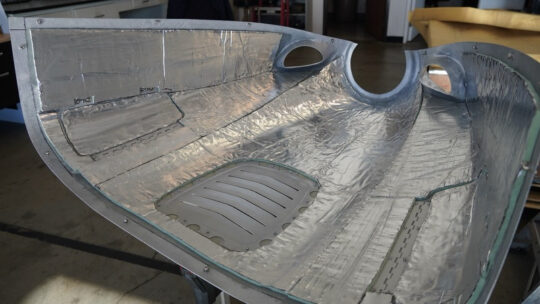
 https://www.youtube.com/watch?v=njW_CJBuuJI
https://www.youtube.com/watch?v=YXAIKmpwDJ4
https://www.youtube.com/watch?v=njW_CJBuuJI
https://www.youtube.com/watch?v=YXAIKmpwDJ4